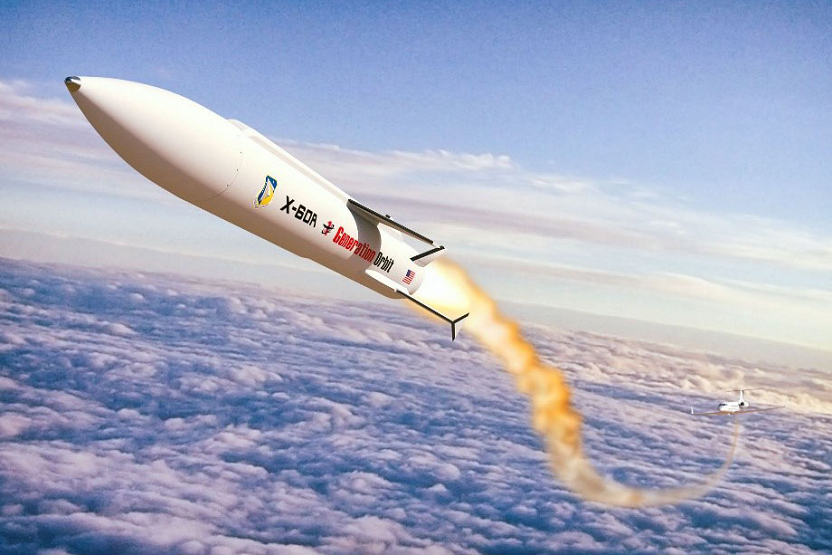This post is also available in:
 עברית (Hebrew)
עברית (Hebrew)
The race for hypersonic technology has already begun. Major superpowers from around the world, such as Russia and China, have already began to develop and test new hypersonics platforms and weapons. Advances in the fields of nanotechnology have also been worked on in order to develop material capable of withstanding the air friction when flying at hypersonic speeds.
Now the United States Air Force Research Laboratory (AFRL) has been at work developing and testing its new X-60A hypersonic research rocket. The X-60A has recently completed another round of ground testing. The rocket tested realistic operational procedures as well as operating in cold and hot environments. The hope is that the X-60A will lead to the creation of an affordable and reliable hypersonic propulsion system capable of reaching speeds of Mach 7.
The X-60A is intended to be used as an expendable rocket capable of carrying hypersonic payloads. The rocket has been designed to be carried underneath a Gulfstream III business jet. Once the jet reaches about 35 thousand feet, the rocket is released from the jet and will begin to fly independently. It’ll increase its altitude to somewhere between 70 thousand and 130 thousand feet, where it will shut off its engine and begin to glide at speeds between Mach 6 and Mach 8.
Popularmechanics.com reports that the X-60A is intended to speed up hypersonic weapon research. The X-60A supplies researchers with the ability to test a hypersonic vehicle body while continuing separate research on hypersonic propulsion systems.
The X-60A has been designed to analyze two separate hypersonic weapon propulsion technologies, boost glide and scramjets. Boost glide is using a rocket booster to propel a weapon to hypersonic speeds before it begins a hypersonic glide and scramjets are engines that breath in supersonic air from the environment when traveling at supersonic speeds to mix with fuel in order to create thrust.
The question that remains now is whether or not the X-60A will itself be a part of a hypersonic system.


























